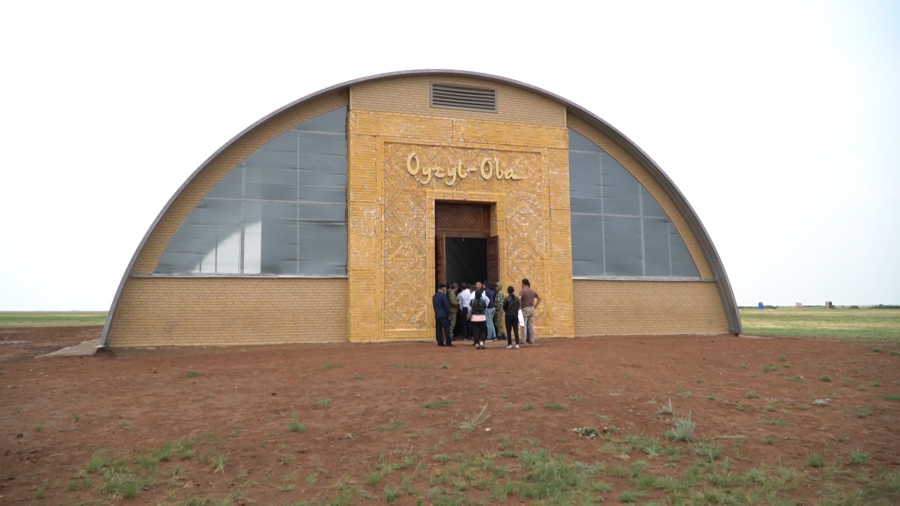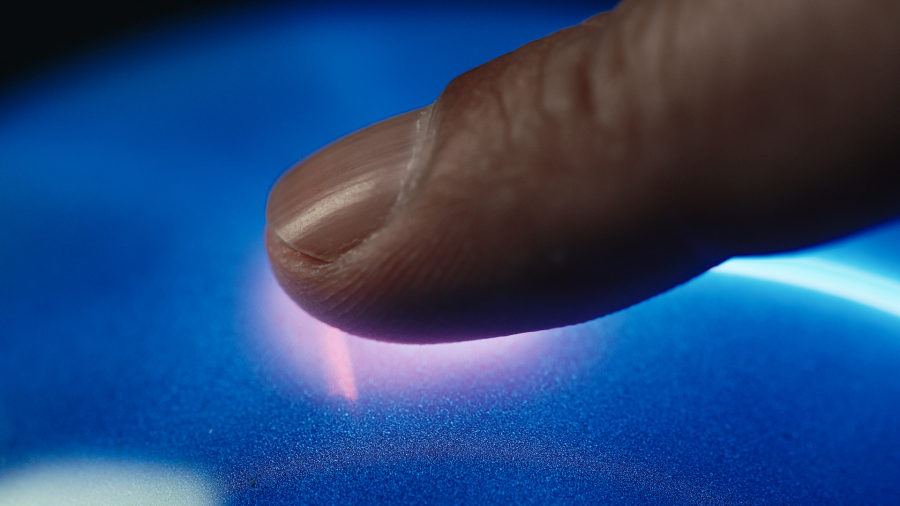Biobank of rare and endangered species of animals, birds and plants to be created in Kazakhstan
How to preserve the genetic data of endangered species of animals and birds? Kazakh scientists have found the answer to this question. They launched a large-scale biodiversity conservation project that studies the DNA of birds and animals. To do this, they take blood and wool samples from a curly pelican, houbara bustard, demoiselle crane, or a saiga. Some muscle tissues are the exception. They are brought from nature reserves and parks from all over the country.
“They don’t even need to tell us what species it is. We are going to decode the nucleotide sequences ourselves, and even from mitochondrial DNA, we will not only say what kind of animal it is, but also directly define its species. Then it’s possible to compare the existing nucleotide sequences and see the stages of evolutionary development,” said Yelena Zholdybayeva, Head of Laboratory, National Center for Biotechnology.
“Using a well-known classification, we determine related or closely related animals, and define what series and species they belong to. We are building a phylogenetic tree with all these animals,” said Viktoriya Tsai, Junior Researcher, National Center for Biotechnology.
Scientists enter information obtained this way into an international database. And now, using the same approach, they also create a database of endangered and rare plant species. Overall, the biodiversity conservation program is designed for three years.









